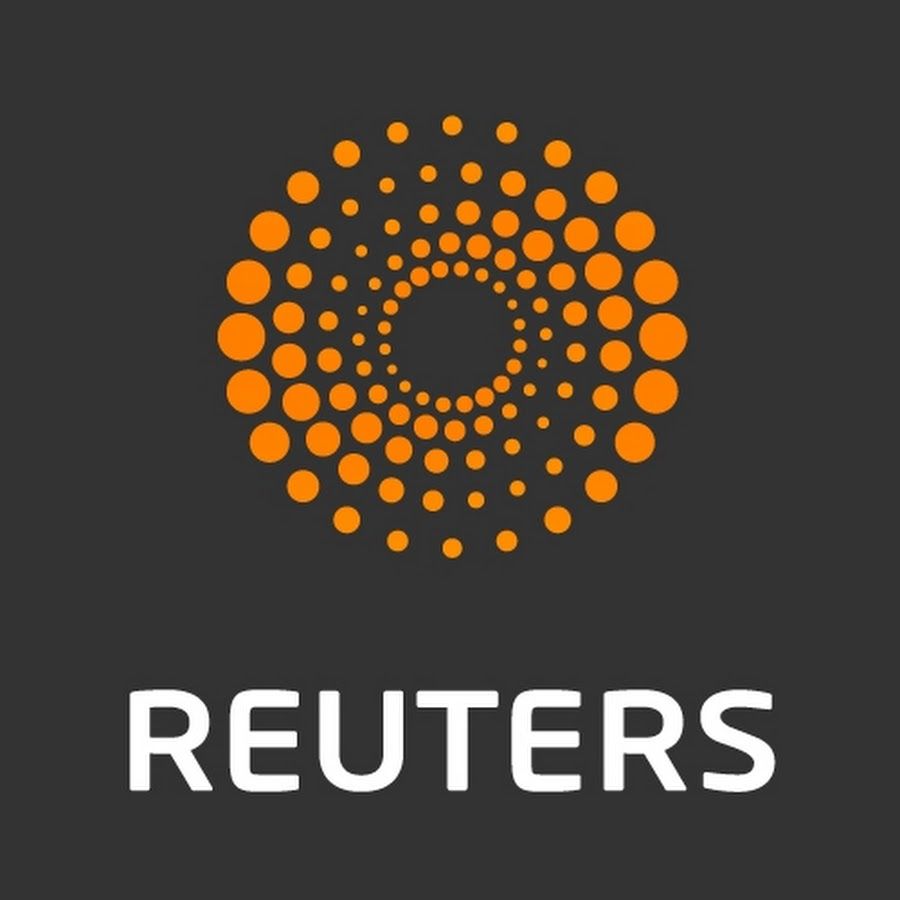
Reuters investigated whether the AI boom is a bubble or a supercycle
Bubble or supercycle? The strongest surge in volatility in months made investors talk about the AI bubble again. And at Reuters they tried to figure this out.
Even Nvidia’s record report on November 20 did not hold the indices. Against the background of strong chip demand figures, the company’s shares and the entire technology sector went into the red. S&P 500 and Nasdaq lost about 1.5-2% in a day. The first cracks in the rally that all year was pulled up by stories about artificial intelligence.
By classic indicators, the market is overheated. The “Buffett Indicator” — the ratio of US stock market capitalization to US GDP — exceeded 200%. Higher than the dotcom boom peak and the covid maximum of year 21. Reuters calls this a “zone of elevated risk”. Not necessarily a crash, but a level from which corrections become more likely.
The Nasdaq trajectory over 3 years after the release of ChatGPT resembles its trajectory after Netscape’s IPO in 1995. Strong growth on expectations of a new technological era.
But here’s the oddity. In investor surveys, the share of “bulls” is at an average level, not at overwhelming 70-75%, as before the dotcom crash. Reuters’ conclusion: if this is a bubble, it’s at an early stage.
And here’s the main contradiction. Google CEO Sundar Pichai acknowledges elements of “irrationality” in the current race and warns: with a burst bubble “no company will stay on the sidelines”. And Nvidia head Jensen Huang insists there is no bubble. Supposedly we’re just experiencing a new wave of industrial transformation.
